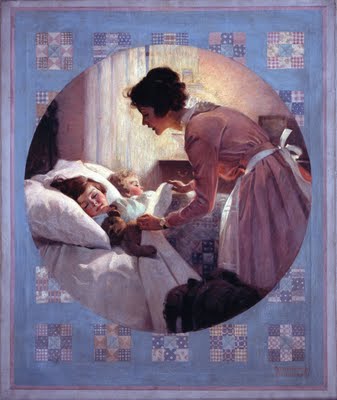 Rainer Maria Rilke and Lou Andreas-Salomé in Russia, 1900
Rainer Maria Rilke and Lou Andreas-Salomé in Russia, 1900
As Rainer Maria Rilke approached his 50th birthday, he was frequently asked to name influences on his career and literary work. In 1924, in response to a letter from the Swiss literary historian Alfred Schaer, Rilke mentioned to the Russian writer Aleksandr Pushkin, Mikhail Lermontov, Nikolai Nekrasov, Ivan Turgenev, and Afanasij Fet. The name of Leo Tolstoy was conspicuously absent from his list. Several months later, in his answer to another biographical inquiry, he flatly denied that Tolstoy had had any literary effect on him whatsoever. Tolstoy’s role was a strictly cultural one, Rilke explained, and it would have been false to attribute to his visits with the Russian novelist any influence on his work at that time. Tolstoy, after all, only confirmed the discovery of Russia which became decisive to him. Tolstoy’s image captivated Rilke’s imagination as an artist who was struggling against his own creative genius.
Rainer Maria Rilke expressed resentment of Tolstoy’s moralizing aesthetics and failed to produce a monograph or an essay about the Russian novelist. Nonetheless, Tolstoy’s role was consequential: he provided Rilke with an anti-model for living and writing. After years of anxiety and indecision, Rilke became reconciled with Tolstoy in the fictional images of his novel Die Aufzeichnungen des Malte Laurids Brigge (The Notebooks of Malte Laurids Brigge). Maxim Gorky‘s literary memoirs helped him articulate those feelings more precisely, and only as an established writer was Rilke able to find a compromise between his filial affection for Tolstoy the artist and his rejection of Tolstoy the preacher.
Lou Andreas-Salomé’s memoir Lebensrückblick (1931-33) corroborated Rilke’s assertions. She recalled that at the time to their travels in Russia, Tolstoy served as an archetype of the “eternal Russian” (der ewige Russe) and that his role was primarily symbolic. The image of the novelist formed for them, so to speak, a point of entry into Russia.
Despite Rilke’s public denials of Tolstoy’s importance for his work, he privately spoke about the Russian master in reverential tones. He was young and diffident at the time of his journeys with Andreas-Salomé and had no access to the language in which he which he could convincingly explain the complex phenomenon of Tolstoy’s personality and its impact.






























